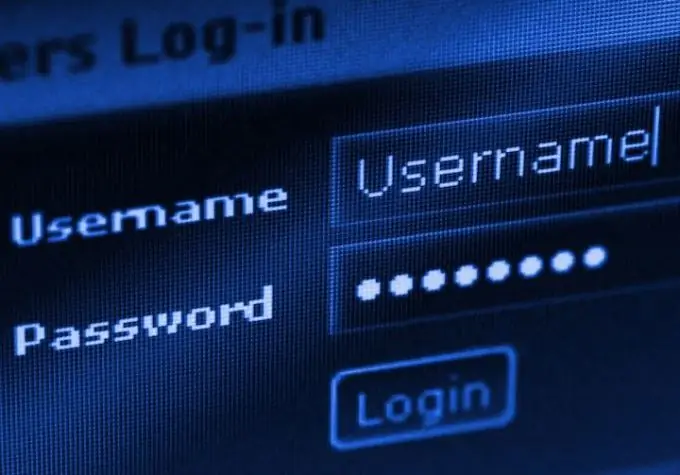A password on the Windows 8 operating system will protect the user's confidential information from prying eyes, and you only need to remove the password if you are the only person who has access to the PC.

Password on the computer
In most cases, a password is set either on a work computer, when anyone can access it, or when all family members use the computer and everyone has their own account, the information on which they are trying to protect.
Of course, if a password has been set, then every time the computer is started or restarted, a corresponding prompt for entering the password will appear. If you are tired of entering the password every time or you simply do not need it, then you can disable it.
Remove password on Windows 8
Open the "Run" service window. This can be done, for example, using the Win + R key combination, or in the Start menu. After the corresponding window opens, enter the netplwz command in the line and confirm the action. This will open a window displaying all user accounts.
In the list of accounts it is necessary to mark the one from which the changes will be made, and then uncheck the box "Require username and password to be entered". If you are logged in under an administrator account, then you just need to confirm this action, if under a regular account, then you will need to enter a password.
Once confirmed, the password will be removed and the operating system will boot automatically without prompting for a password. After a reboot, all changes will take effect.
It must be said that after a normal restart of the Windows 8 operating system, you will no longer have to enter the password if the computer has not been disconnected from the power supply.
In addition, in the Windows 8 operating system, the computer administrator can choose among users who will enter with passwords and which ones without them. For example, you can set the value to sign in to your account only with a Microsoft account ("Microsoft Account"). That is, for this, the user will need to create an appropriate account, specify an email, password and login. There is also a standard option, which implies a regular password and username ("Local account").
It is worth noting that it is best to install the standard option - a bunch of username and password. Firstly, not everyone needs the capabilities of the Microsoft store (which can only be used by users with the appropriate account), and secondly, logging into the operating system will be much faster, and in this case, an Internet connection is not required.






